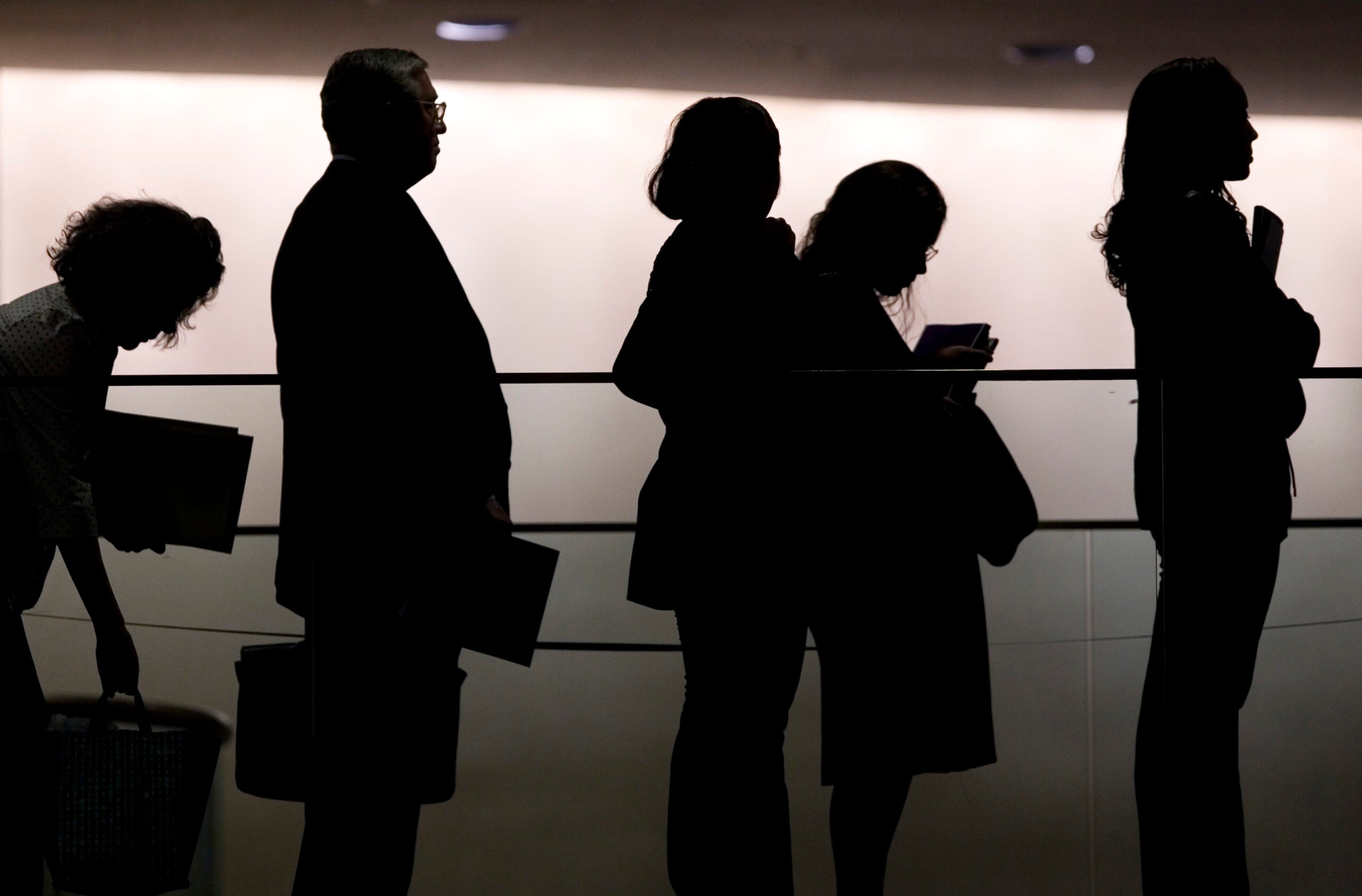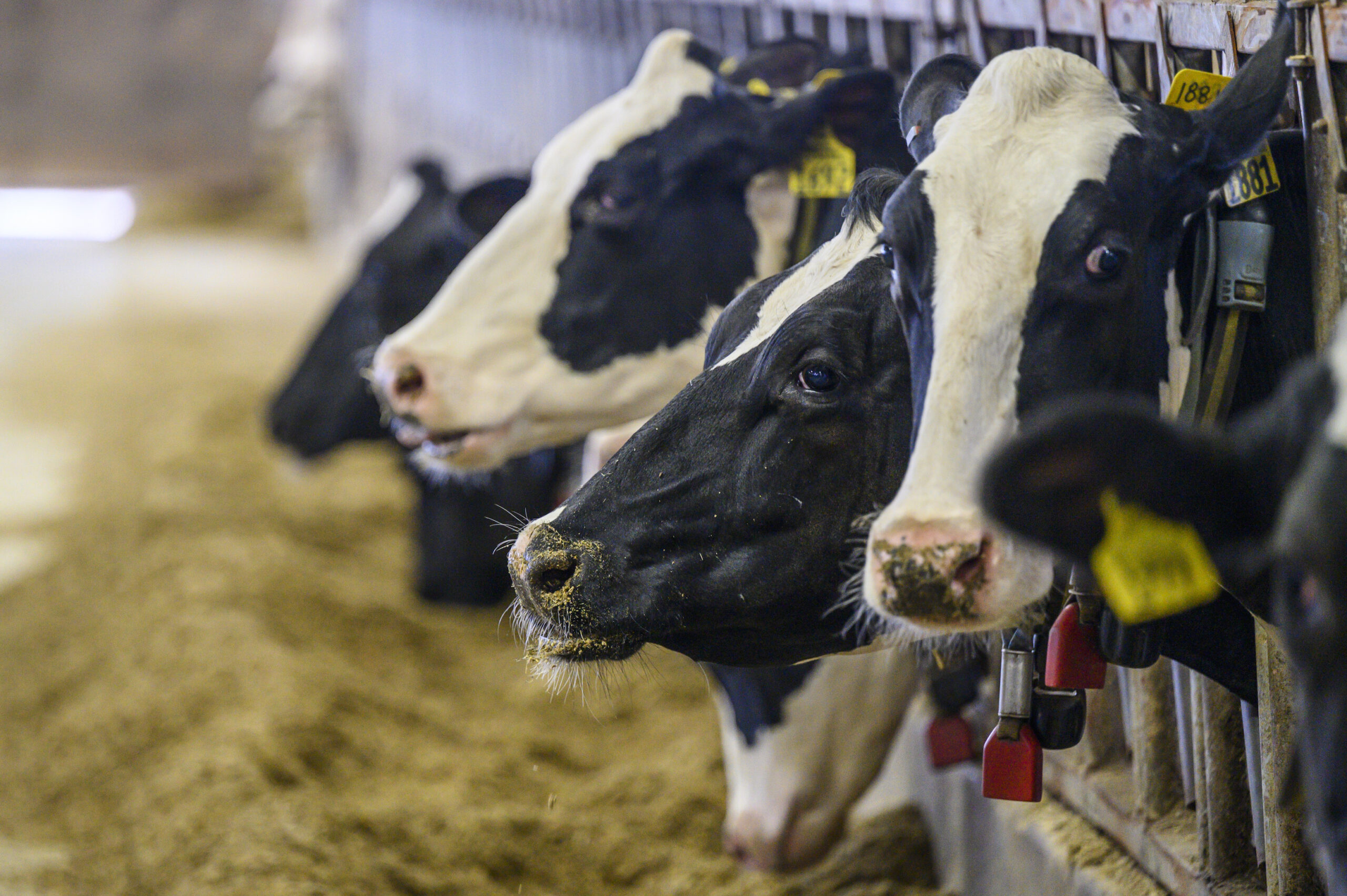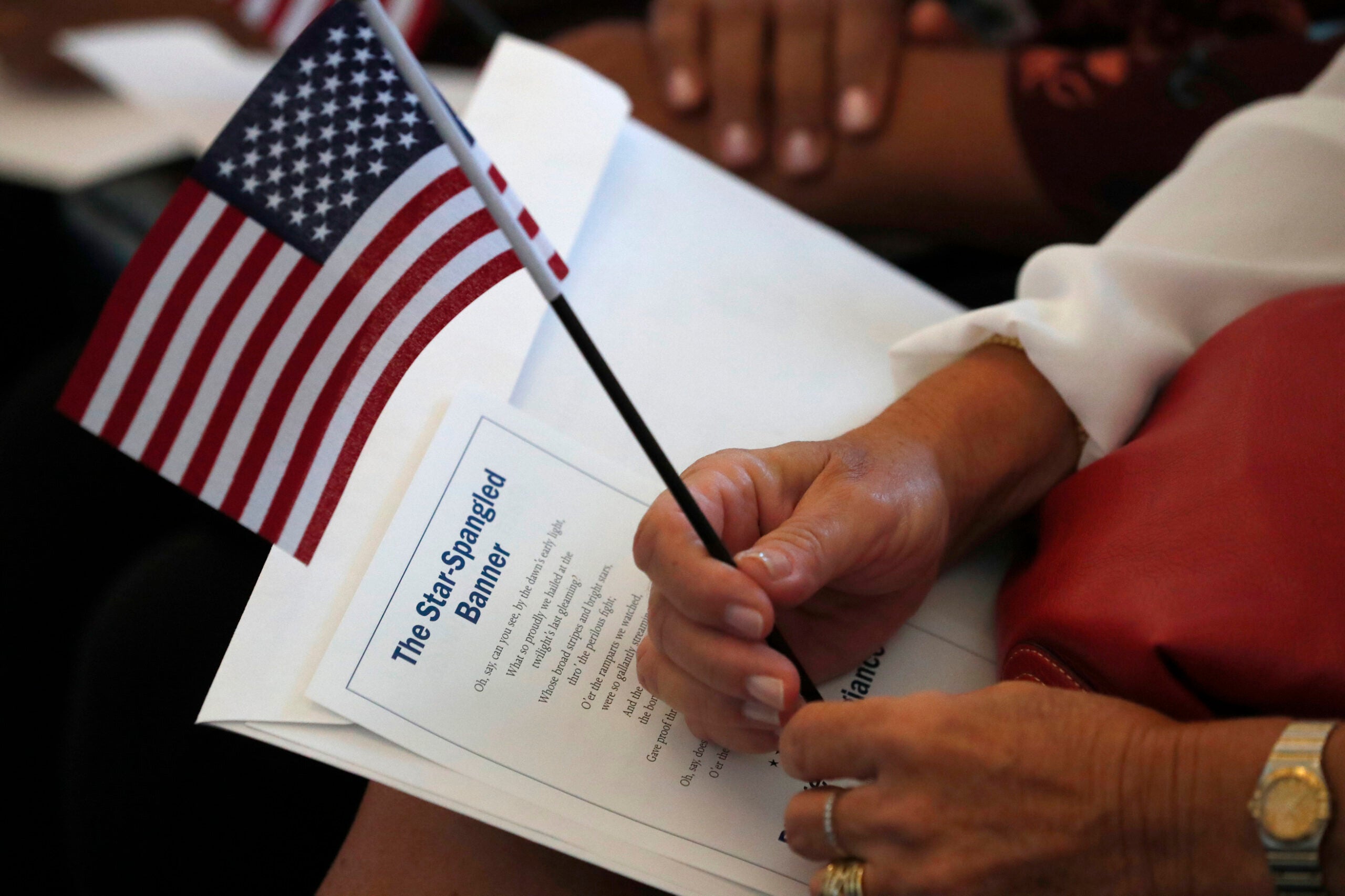Population numbers that often go unnoticed are getting more scrutiny as states like Wisconsin try to grow their workforce.
The latest census data shows the state’s population increased 0.4 percent, the most in a single year since 2010. Most of that is due to fewer people leaving, says demographer David Egan-Robertson with the University of Wisconsin Applied Population Laboratory.
Wisconsin’s long-term growth has been modest compared to other states. Wisconsin’s population grew 1.9 percent from 2010-2017. Prior to that, from 2000-2017 the state grew more than twice as much, by 4.5 percent.
Stay informed on the latest news
Sign up for WPR’s email newsletter.

U.S. Census Bureau
“Wisconsin is part of the pattern of the Upper Midwest,” said Egan-Robertson. “The states in this area are generally growing quite slowly. A lot of that is due to migration in the country; its been a long-term pattern for decades. There tends to be more movement out of the Midwest and northeast states into the south and western states.”
Since the Great Recession, which started in 2007, Wisconsin has had more people moving out of state than coming in.
“And its been a fairly large number: 10,000; 15,000; 20,000 in a year … with these latest census estimates that domestic migration loss is only about 2,000.”
Gov. Scott Walker wants to combat the state’s worker shortage with a $6.8 million marketing plan to attract younger workers from neighboring states. State Democrats have criticized the plan, saying there are other ways to attract millennials, such as job programs or student loan refinancing.
Wisconsin has historically attracted young people who attend college in the state but leave once they graduate. Eagan-Robertson says while those trends are widespread, some young professionals do return.
“There’s movement back into the state, particularly for those in their early 30s. So we’re actually net-gainers of people in their early 30s and even their late 30s,” he said. “A lot of discussion tends to focus around this idea of ‘brain drain,’ well there’s also a brain gain that happens as people get older … Occasionally those do appear in our statistics.”
Most of the state’s annual growth from July 2016 to July 2017 came from babies being born, but those numbers have been going down. There were 66,012 births from July 2016 to July 2017 in Wisconsin; a decline from a high of 72,750 in 2007.
Births still outnumber deaths in Wisconsin. But that’s not the case in all of the state’s counties.
The census data released Dec. 20 showed Wisconsin had a population of 5.8 million, an increase of less than half a percent. Wisconsin ranked 30th for annual population growth. Minnesota ranked 18th; Illinois 49th; Iowa 26th; and Michigan ranked 35th. Idaho came in first.
Wisconsin Public Radio, © Copyright 2024, Board of Regents of the University of Wisconsin System and Wisconsin Educational Communications Board.






